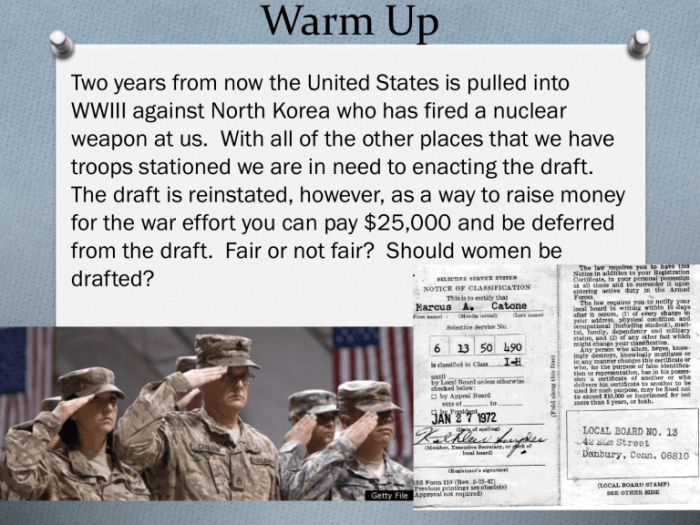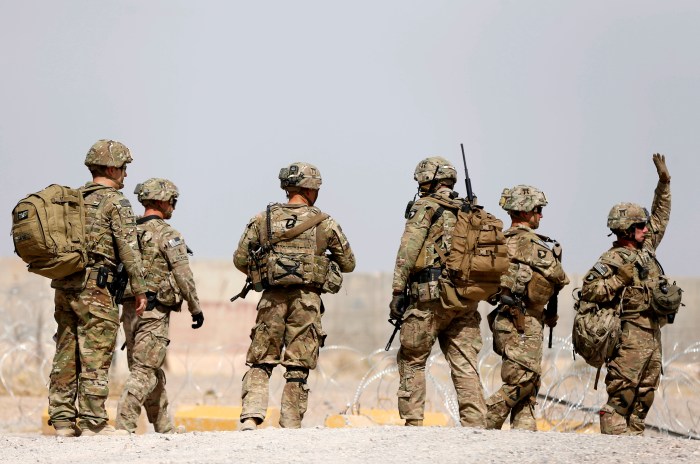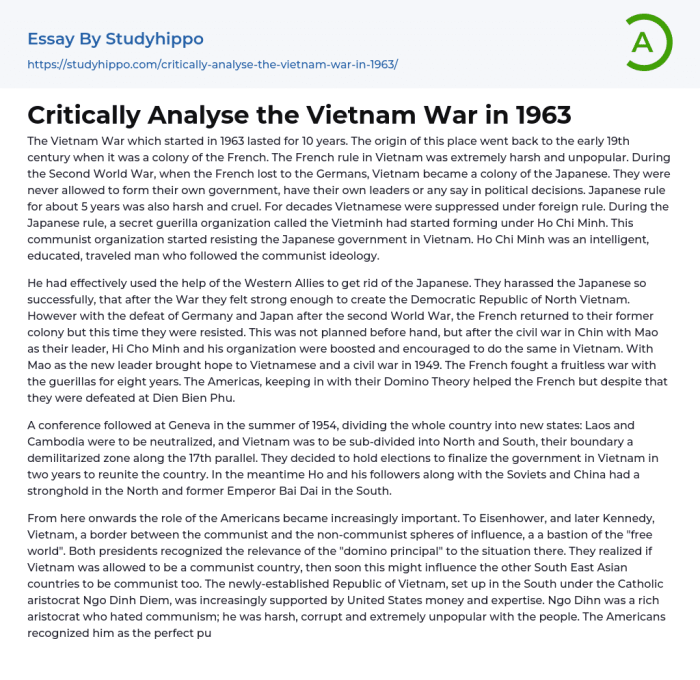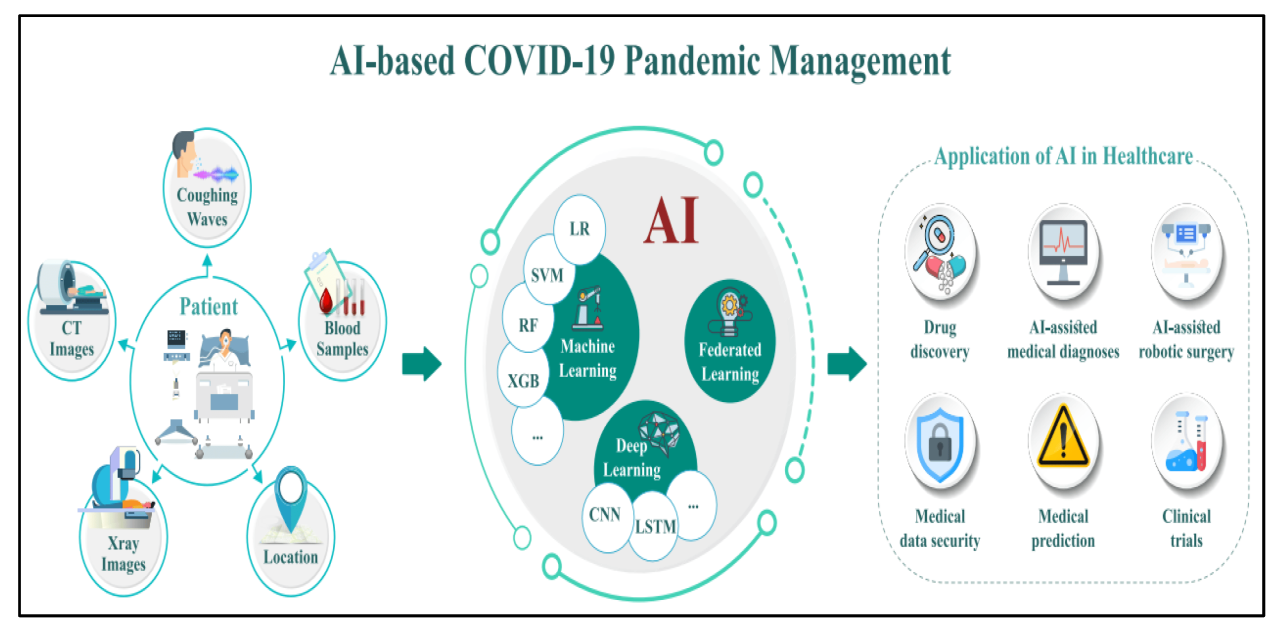Analyzing responses in the Vietnam War era provides valuable insights into the multifaceted nature of the conflict. This comprehensive guide delves into the historical context, methods of response analysis, content analysis techniques, data collection strategies, and interpretation of findings, offering a nuanced understanding of the era.
The Vietnam War era was a tumultuous period marked by widespread protests, political polarization, and international tensions. Analyzing responses to the war sheds light on the diverse perspectives and experiences of individuals and groups during this transformative time.
Historical Context: Analyzing Responses In The Vietnam War Era
The Vietnam War era, spanning from the early 1950s to the mid-1970s, was a period of intense conflict and social upheaval in Southeast Asia. The war pitted the communist-led Democratic Republic of Vietnam (North Vietnam) against the anti-communist Republic of Vietnam (South Vietnam), with the United States supporting the latter.
The war had a profound impact on both Vietnam and the United States, and its legacy continues to shape international relations today.
Key events of the Vietnam War era include the Geneva Accords of 1954, which temporarily divided Vietnam into two separate states; the Gulf of Tonkin Incident in 1964, which led to the escalation of US involvement in the war; and the Tet Offensive of 1968, which marked a turning point in the conflict.
Major players in the war included the United States, South Vietnam, North Vietnam, and the Soviet Union.
Methods of Response Analysis

Various methods were employed to analyze responses during the Vietnam War era. These methods included:
- Content analysis: This method involves analyzing the content of responses to identify themes, patterns, and trends. It can be used to understand the attitudes, beliefs, and values of respondents.
- Discourse analysis: This method focuses on the way in which language is used in responses to construct meaning. It can be used to identify the power dynamics and social norms that shape responses.
- Narrative analysis: This method examines the stories that people tell about their experiences during the Vietnam War era. It can be used to understand the ways in which people make sense of and cope with traumatic events.
Each of these methods has its own advantages and disadvantages. Content analysis is relatively easy to conduct and can provide quantitative data that can be used to generalize to a larger population. However, it can be difficult to interpret the meaning of the content without considering the context in which it was produced.
Discourse analysis is more qualitative than content analysis and can provide a deeper understanding of the ways in which language is used to construct meaning. However, it can be difficult to generalize the findings of discourse analysis to a larger population.
Narrative analysis is a powerful tool for understanding the ways in which people make sense of and cope with traumatic events. However, it can be time-consuming to conduct and can be difficult to generalize the findings to a larger population.
Content Analysis Techniques

A variety of content analysis techniques were used to analyze responses during the Vietnam War era. These techniques included:
- Word frequency analysis: This technique involves counting the number of times that specific words or phrases appear in a set of responses. It can be used to identify the most common themes and topics in the responses.
- Thematic analysis: This technique involves identifying the main themes that emerge from a set of responses. It can be used to understand the overall meaning and significance of the responses.
- Sentiment analysis: This technique involves analyzing the tone or sentiment of responses. It can be used to understand the emotional reactions of respondents to the Vietnam War era.
These techniques were used to extract meaningful data from the responses. For example, word frequency analysis was used to identify the most common themes and topics in the responses. Thematic analysis was used to understand the overall meaning and significance of the responses.
Sentiment analysis was used to understand the emotional reactions of respondents to the Vietnam War era.
Data Collection Strategies

A variety of data collection strategies were used to collect data for response analysis during the Vietnam War era. These strategies included:
- Surveys: Surveys were used to collect data from a large number of respondents. They can be used to gather information on a wide range of topics, including attitudes, beliefs, and values.
- Interviews: Interviews were used to collect data from a small number of respondents in depth. They can be used to gather information on a wide range of topics, including personal experiences and motivations.
- Focus groups: Focus groups were used to collect data from a small group of respondents who were brought together to discuss a specific topic. They can be used to gather information on a wide range of topics, including attitudes, beliefs, and values.
Each of these data collection strategies has its own advantages and disadvantages. Surveys can be used to collect data from a large number of respondents, but they can be difficult to design and administer. Interviews can provide in-depth information, but they can be time-consuming and expensive to conduct.
Focus groups can provide rich data, but they can be difficult to moderate and can be biased by the group dynamics.
Analysis of Response Data
The analysis of response data collected during the Vietnam War era revealed a number of key themes and trends. These themes and trends included:
- Support for the war: Many Americans initially supported the war in Vietnam. They believed that the war was necessary to contain the spread of communism in Southeast Asia.
- Opposition to the war: As the war dragged on, opposition to the war grew. Americans became increasingly disillusioned with the war and its high cost in lives and money.
- The impact of the war on veterans: The Vietnam War had a profound impact on the lives of veterans. Many veterans returned home with physical and psychological wounds. They faced discrimination and prejudice from a society that did not understand their experiences.
These themes and trends provide a glimpse into the attitudes and beliefs of Americans during the Vietnam War era. They help us to understand the complex and often contradictory nature of the American response to the war.
Interpretation and Implications

The findings of the response analysis have a number of implications for our understanding of the Vietnam War era. These implications include:
- The war was deeply divisive: The Vietnam War was one of the most divisive events in American history. It pitted Americans against each other and led to a loss of trust in the government.
- The war had a profound impact on American society: The Vietnam War had a profound impact on American society. It led to a decline in trust in the government and a loss of faith in American institutions.
- The war continues to shape American foreign policy: The Vietnam War continues to shape American foreign policy. It has made Americans more cautious about intervening in foreign conflicts.
The findings of the response analysis provide a valuable insight into the Vietnam War era. They help us to understand the complex and often contradictory nature of the American response to the war.
Quick FAQs
What were the key methods used to analyze responses during the Vietnam War era?
Methods used included historical analysis, content analysis, discourse analysis, and quantitative analysis.
How did content analysis techniques contribute to understanding responses to the Vietnam War?
Content analysis techniques, such as frequency analysis and thematic analysis, allowed researchers to identify key themes, patterns, and sentiments expressed in responses.
What were the challenges associated with data collection strategies during the Vietnam War era?
Challenges included accessing sensitive information, ensuring anonymity of respondents, and dealing with biases and distortions in data.